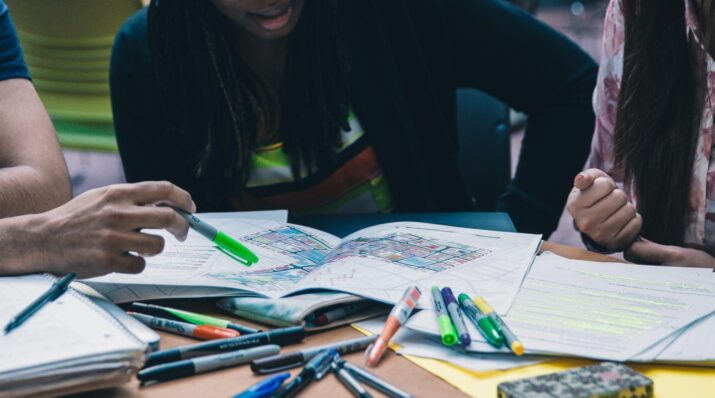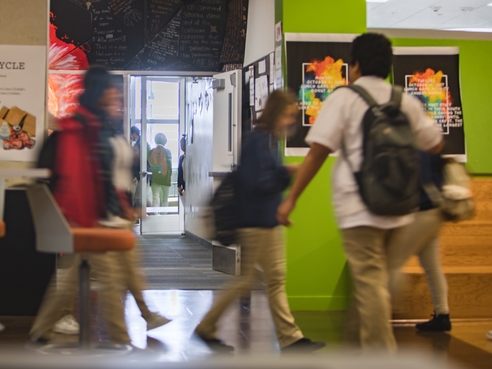Why Schools Need to Change
Breaking the Barriers Between High School and Higher Ed
Topics

Today’s learners face an uncertain present and a rapidly changing future that demand far different skills and knowledge than were needed in the 20th century. We also know so much more about enabling deep, powerful learning than we ever did before. Our collective future depends on how well young people prepare for the challenges and opportunities of 21st-century life.
What is one of the biggest barriers for students transitioning from high school to college? As it turns out, it’s not test scores or grades; it’s what’s in their bank account.
What is one of the biggest barriers for students transitioning from high school to college?
As it turns out, it’s not test scores or grades; it’s what’s in their bank account.
How do we know? John Squires, the Math Department Head at Chattanooga State Community College, and director of its U Do the Math program, has done the research.
In his session at ISTE 2014 titled, Perforating the Boundary Between Secondary Education and Career Readiness/Higher Education, Squires suggested that one of the biggest barriers for students to move from high school to college involves money. Moderate and upper income high school students are able to take advantage of the courses and materials that lower income students cannot.
How to Break the Barrier
Make high quality, affordable courses available
Chattanooga State’s SAILS program (Seamless Alignment and Integrated Learning Support) is leading an initiative to embed college developmental math curriculum in the high school senior year using Squires’ U Do the Math program.
SAILS offers state sponsored online learning opportunities that greatly reduce the cost of college level instruction for high school students. These affordable college level courses make the transition from high school to college more seamless for students.
High school teachers still play an important role in this blended learning approach. Along with online lessons, students meet directly with teachers for individual assistance.
A Successful Model
Affordable classes lead to student success
In its first year, SAILS saved students a total of $6.4M in tuition fees and textbook costs. The program also boasted an impressive 67% initial completion rate. Perhaps the biggest indicator of its success is that 5,000 students who previously would have required remedial developmental courses will now be taking college level math courses when they enter degree programs this fall.
A Large-Scale Replicable Model
Statewide adoption for student success
The program is so successful that it’s become a statewide high school initiative. The Governor of Tennessee invested an additional $2.5M for the project in 2015. SAILS will expand to 150 high schools next year, serving 13,000 students. Through U Do the Math, Squires’ use of technology in improving student learning has created a positive impact—one that continues to grow.




